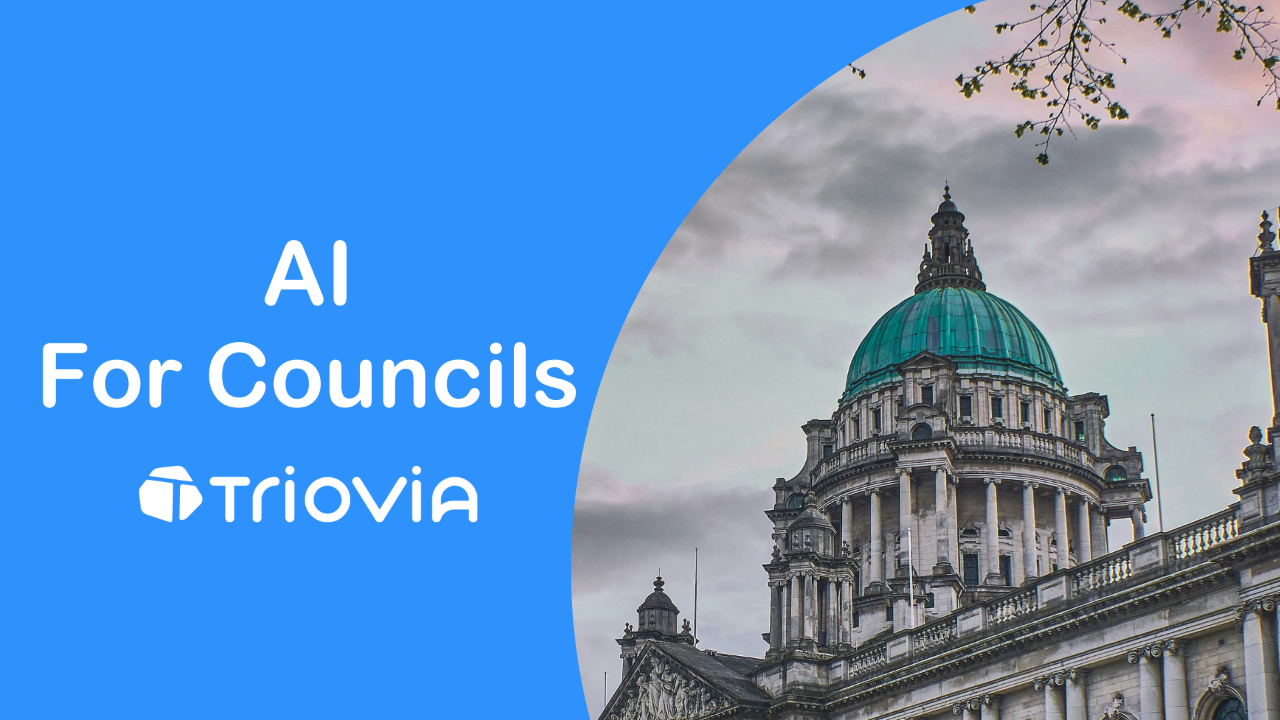What is Predictive Analytics? A Guide for Council Teams
Mar 19, 2025
In our work with local authorities across the UK, we've observed growing interest in predictive analytics as councils seek to become more proactive rather than reactive in their service delivery. But what exactly is predictive analytics, and how might it benefit your council's work?
Beyond Traditional Data Analysis
While standard data analysis helps us understand what has happened in the past, predictive analytics takes this a step further—using historical data, statistical algorithms and machine learning techniques to identify the likelihood of future outcomes.
For councils, this shift from hindsight to foresight represents a significant opportunity to anticipate needs and allocate resources more effectively.
How Predictive Analytics Works
At its core, predictive analytics involves:
- Collecting relevant data from various council systems
- Cleaning and preparing this data for analysis
- Applying statistical models and algorithms to identify patterns
- Using these patterns to make predictions about future events or behaviours
When enhanced with AI capabilities, these systems can process much larger datasets and identify more complex patterns than traditional analysis methods.
Real Applications in Council Settings
Many UK councils are already using predictive analytics in various service areas:
- Adult social care: Identifying residents who might benefit from early intervention before reaching crisis point
- Children's services: Predicting which young people might be at risk of school exclusion or need additional support
- Housing management: Anticipating which properties are most likely to develop maintenance issues like damp and mould
- Revenue collection: Forecasting which households might struggle with council tax payments and proactively offering support options
- Highways maintenance: Predicting which road sections will deteriorate fastest to prioritise repairs
Building Strong Foundations
For predictive analytics to work effectively, councils need:
- Quality data: Accurate, complete information from across service areas
- Technical infrastructure: Systems that can securely store and process data
- Skilled staff: Team members who understand both data science and council services
- Clear governance: Protocols for how predictions will be used in decision-making
Without these foundations, predictive models may generate misleading or biased recommendations.
Ethical Considerations
As with any data-driven approach, predictive analytics raises important ethical questions:
- How do we ensure predictions don't reinforce existing biases?
- What level of transparency do we owe residents about how these systems work?
- How do we balance automation with human judgment?
The most successful implementations maintain human oversight while using predictions as a valuable input to decision-making—not a replacement for professional judgment.
Starting Your Journey
If your council is considering predictive analytics, consider beginning with:
- Auditing your existing data quality and completeness
- Identifying a specific service challenge that might benefit from prediction
- Starting with a small, controlled pilot project
- Building in evaluation mechanisms from the beginning
Remember that predictive analytics is a tool to enhance—not replace—the expertise of your council officers and their understanding of your community's needs.
The Insider
We hate SPAM. We will never sell your information, for any reason.


